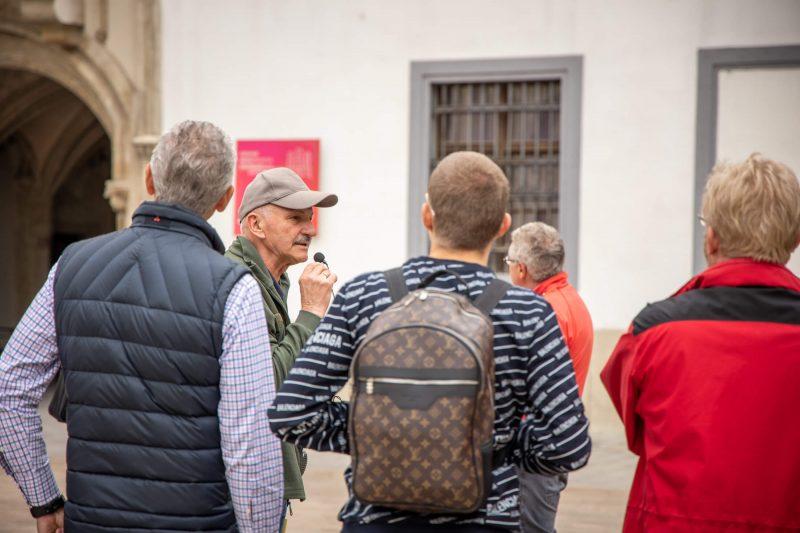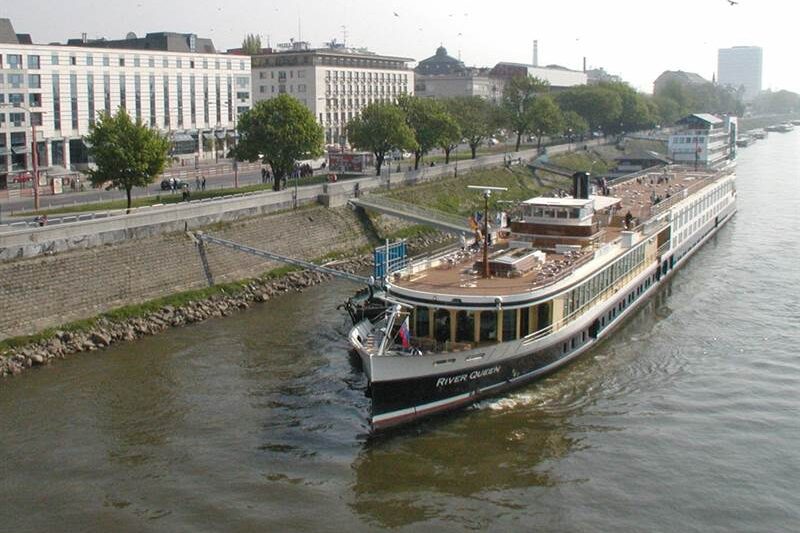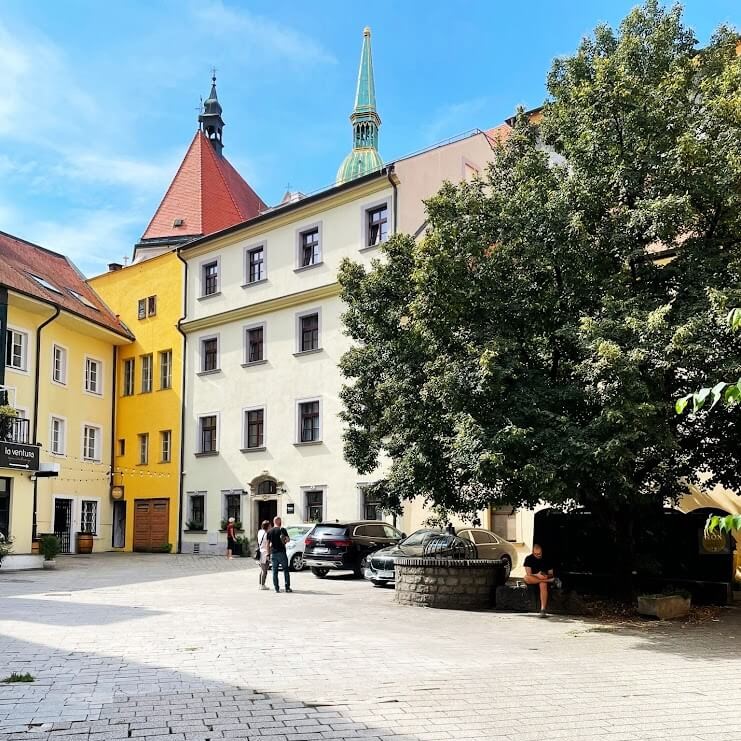
Academia Istropolitana Bratislava
Academia Istropolitana Bratislava or Universtiy Istropolitana was the very first university on the territory of former Hungarian Kingdom. The university was founded in 1465 by famous King Matthias Corvinus. Written agreement with the foundation of the university under the original name Universitas Istropolitana (the name was derived from the Greek translation of the “city on the Danube”) was issued by pope Paul II on 19 May 1456. Only then the monarch made his final decision that it would be Bratislava to host the university. The choice was affected by the favourable geographic location. The university commenced its work two years later. The Archbishop of Esztergom John Vitez of Sredna, the teacher of Matthias Corvinius was the first Chancellor. He was succeded by the Provost of Bratislava George Schomberg. The University was modelled on the universities of Bologna and Paris. It had two Faculties: of Theology and Free Arts, the so called Artistic Faculty. It is alleged that there were also the Faculty of Law and Faculty of Medecine. The University enjoyed privileged position, being under direct protection by Matthias Corvinus who also financed it.
Following his death, the Academia Istropolitana Bratislava closed for good in 1490. Despite its short life the Istropolitana University played a major role in education in Hungary. Academics such as Johanes Muller Regiomontanus or Martin Bylica of Olkusz, Lesser Poland were here. Bylica worked in astrology and lectured also at Bologna. He constructed astrolabe celestial globe and made forecast about a comet. Together with Regiomontanus he worked on sinusoid tables.
The original University campus consisted of royal curia, part of the Provost’s building and the family house of the Gmaitles. King Louis II later placed mercenaries in the building to eventually donate it to the Chapter. In the 16th century the site housed a mint. The thick walls of the passageway suggest that the site might have had defence tower in the past. Renaissance reconstruction gave the building its characteristic windows and oriel. Today the building houses the Academy of Performing Arts.
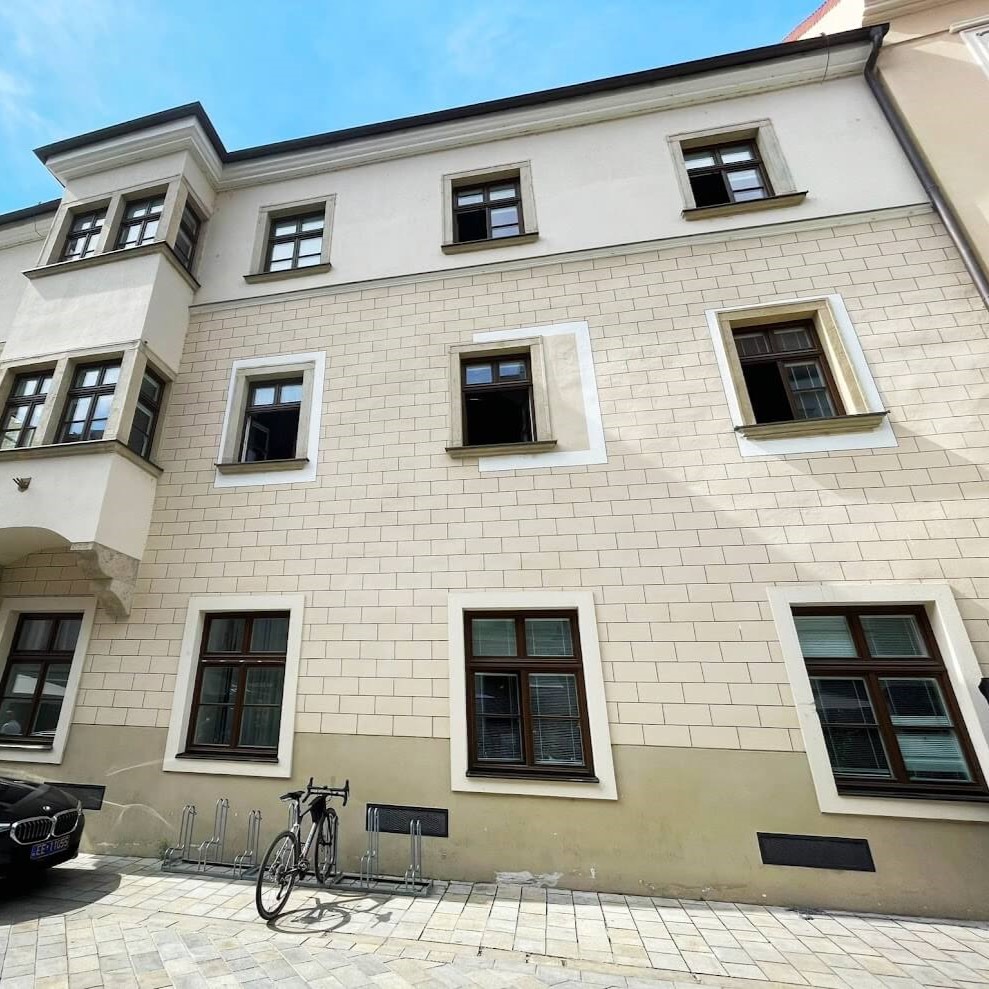
Regiomontanus at Academia Istropolitana Bratislava
Johannes Muller from Konigsberg also known as Regiomontanus was among the leading medieval scholars in Europe. He was born in 1436 in what is now Germany. Thorough his life he worked mostly in astronomy and trigonometry. As early as a century prior to Galileo Galilei he lectured on the movement of Earth around the sun. Regiomontanus reportedly constructed a flying machine, that resembled a mechanical winged eagle. In 1467 he showed the piece to the surprised Bratislava townsfolk. Eyewitnesses claimed that the scholar flew as far as 400 meters. Regiomontanus later presented the machine in Nurnberg and Vienna. If the information is accurate, Bratislava has the global first in the successful attempt to use a flying machine.
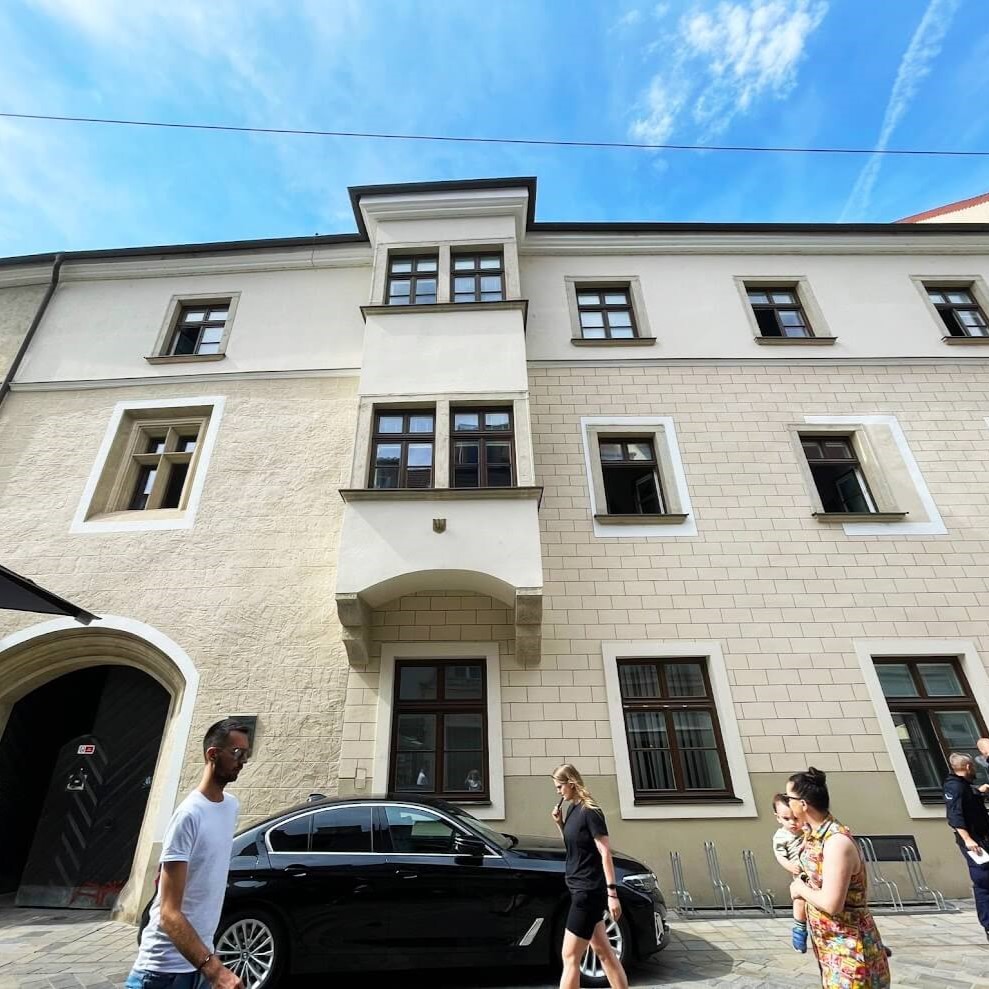
Text used from DAJAMA book Bratislava.


